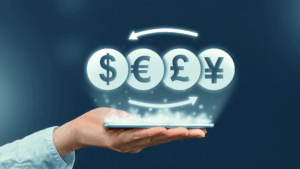You can listen to the full audio version of this blog we call — Blogcast.
Daniel Kahneman, in his book Thinking Fast and Slow, described system 1 and system 2 thinking. System 1 thinking is fast thinking. It’s responsive. It’s doing something without thinking deeply. System 2 thinking is deliberation. It’s consciously thinking about a situation to make a decision. It’s using logic to solve complex problems.
In the world of Value-based pricing, system 2 is easy to understand. Buyers are looking at the differences between your products and competitors, looking at the price difference, and then deciding where they get the best deal. They deliberate. They use their best judgment of the value of one product relative to the alternatives. They used system 2 thinking, so let’s call this system 2 value.
But is there system 1 value? Is there value that influences buyers without much thought? Many tactics surreptitiously influence buyers without their knowledge. We use FOMO (fear of missing out) by using limited-time offers. We end prices in 9 to make them look like a good deal. We set high list prices so we can discount them to make them look less expensive.
As consumers, we can think of examples of buying things without thinking. That Snickers bar at the checkout line of the grocery was calling my name. Or when your friend says, “That shirt would look fabulous on you. You should get it.” And you do, without much thought at all.
Undoubtedly, buyers sometimes use system 1 thinking when making a purchase. Is it fair to call this system 1 value?
Buyers trade money for value. If we influence a buyer’s willingness to pay by playing on their system 1 thinking, we add unconscious value to the buyer’s decision. It’s value they perceive without realizing it. This is system 1 value.
System 1 value is the unconscious value a buyer perceives from using system 1 thinking. This is also where most (all) of behavioral economics fits.
What do you think? Is it helpful to think of the difference between system 1 and system 2 value?
Share your comments on the LinkedIn post.
Now, go make an impact!
 Tags: pricing, value, willingness to pay
Tags: pricing, value, willingness to pay













